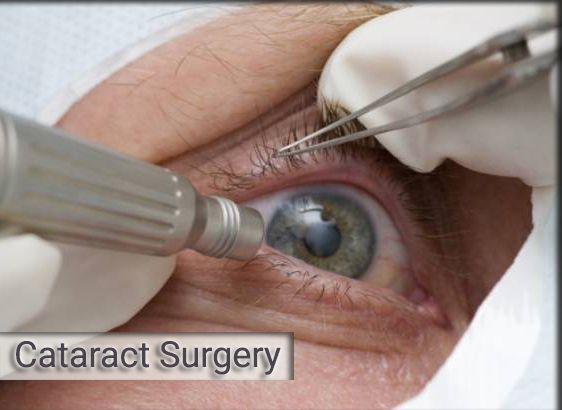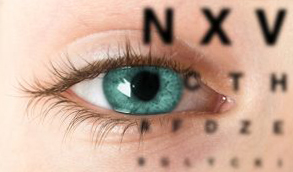
When it comes to taking care of your eyes as you age you will certainly receive a lot of information both accurate and inaccurate. Wading through the information received can be daunting. Cataracts are often a center of myths and tales associated with seniors and vision care. We have centered this installment around breaking the myths that surround the formation and surgical procedures associated with cataracts.
Cataracts are the leading cause of blindness throughout the world, more than glaucoma, diabetic retinopathy, and macular degeneration collectively. They are more common in seniors than any other demographic. Estimates suggest fifty percent of Americans will have had cataracts by the time they are eighty years old. It is important that seniors have correct information, an understanding of their vision condition, and what options they have for correction.
The Myths and Truths of Cataracts
Myth #1: Cataracts Grow on The Eye
Truth: Cataracts have thought to be a growth on the eye however that is not the truth at all. Cataracts are a result of protein fibers that clump together and creating a clouding of the lens of the eye. The cloud causes light to be scattered or even blocked completely as it passes through the lens. This does not allow the retina to receive a clear image. Cataracts are caused by:
- Overexposure to Ultraviolet Light
- Eye Injury
- Result of Diabetes
Myth #2: The Only Symptom of Cataracts Is Blurred Vision
Truth: Although blurred vision is the most common symptom individuals report when experiencing cataracts, it is not the only one. Other symptoms include:
- Extreme Light Sensitivity
- Changes in Vision Prescription
- Double Vision
- Changes in Perception of Colors
- Night Vision Difficulty
Myth #3: Cataracts Are Preventable
Truth: Cataracts are not preventable. There are different strategies that can be taken to reduce the risk of developing cataracts or to slow the progression of the disease. These include:
- Yearly Eye Exams
- Healthy Diet Rich in Fruits and Veggies
- Don’t Smoke
- Avoid Excessive Alcohol Usage
- Wear Sunglasses with UVA & UVB Protection
Myth #4: Cataract Surgery is Dangerous
Truth: Cataract is in fact not dangerous, it is actually one of the safest vision surgeries. With advancements in technology, individuals need minimal sedation and cataract surgery has a success rate of over ninety-five percent. Recovery from cataract surgery includes:
- Refrain from Eye Rubbing
- No Lifting of Heavy Objects
- Avoid Driving
Myth #5: Cataracts Come Back
Truth: Once a cataract is removed from the lens through surgical means, it will not return. A “secondary” cataract may develop. This occurs when the membrane holding the foreign lens implant in place becomes cloudy. This is corrected with a simple, painless procedure called a YAG laser capsulotomy. An eye surgeon will create a small opening in the membrane to assist in restoring the sharpness in vision.
Rohr Eye & Laser Center offers the most advanced technology available to suit your lifestyle and visual needs. As a leader in laser vision correction and cataract surgery, our goal is to help you achieve the best vision possible without glasses or contact lenses. More information can be found online at https://michiganlasik.com.
